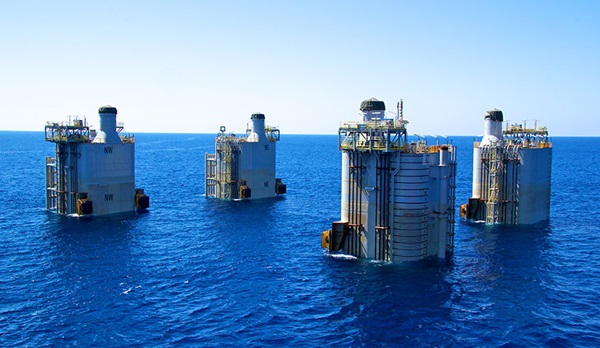Chevron needed to transport their prefabricated 36,000 tonne steel gravity structure (SGS) from South Korea to Australia – a distance of more than 7,000 km – using a heavy lift vessel (HLV). To confirm the integrity of the chosen transport method, we were tasked to carry out physical model tests in our ocean basin.
The test programme comprised regular and irregular long-crested waves and multi-directional waves, with the specified wave conditions correspond to expected maximum conditions from South Korea to Australia. We set up the HLV in four different orientations: head sea, beam sea, and fore and aft quartering sea in order to determine the response even under the worst possible scenario.
We found that the seakeeping characteristics of the HLV were excellent with a satisfactory margin of safety against SGS overturning, wave slam, and loads experienced by the SGS and vessel during their long journey through the Pacific Ocean.
'The DHI team responded to our request with a rapid mobilisation of personnel and equipment. They managed to carry out a complex instrumentation of a dynamic system and provided a detailed and continuous feedback of performance during the fabrication, instrumentation, calibration and testing.’ - John Davis, Transport & Installation Naval Architect, Chevron Australia
For more details on this project, please read our
case story.

The steel gravity structure after installation in August 2014. ©Chevron Australia Pty Ltd